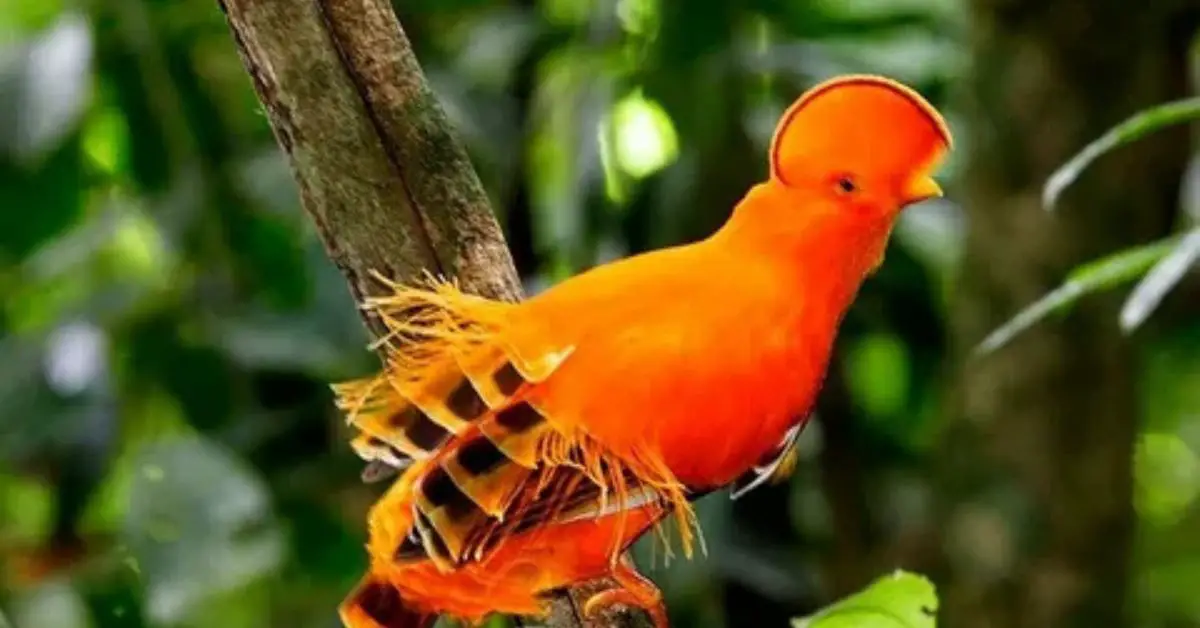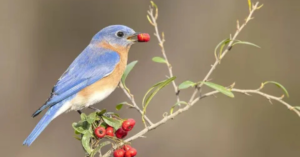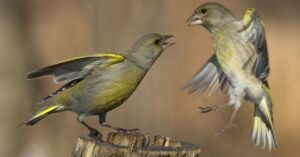Walking through a forest and suddenly spotting a flash of orange flitting between the trees—a sight that can take your breath away, Orange Birds offer a glimpse into the diversity of our planet’s wildlife. This article will gives you information about the different types of orange birds, their roles in nature, and the threats they encounter. By reading this article , you’ll be able to kno about their beauty and you can also recognize why protecting their habitats is essential for our ecosystem.
Baltimore Oriole
The Baltimore Oriole, with its striking orange and black plumage, is not just a feast for the eyes; it plays a vital role in the ecosystem as a pollinator and insect controller. These vibrant birds are known for their melodious songs that fill the air during spring and summer, creating a symphony of sounds that signals the arrival of warmer months.

The Baltimore Oriole has adapted to urban environments, often nesting in parks and gardens. This adaptability highlights the resilience of wildlife amidst human encroachment. Birdwatchers and nature enthusiasts have taken to creating inviting spaces for these oriole visitors by planting native flowering plants and providing feeders filled with sugar water or fruit.
By fostering such environments, we not only contribute to the well-being of these stunning birds but also engage in a broader conversation about biodiversity and conservation efforts within our communities. The presence of Baltimore Orioles can serve as a reminder of the interconnectedness of all living things and the impact we have on our natural world.
Diet
Their diet consists primarily of insects, fruits, and nectar, making them essential players in maintaining the balance of their habitats. Knowing about their feeding habits can provide insight into local ecological health, as a decline in their population may indicate underlying environmental issues.
Blackburnian Warbler
The Blackburnian Warbler, with its striking orange throat and vibrant yellow underparts, is a true gem of the avian world. This small songbird, typically found in the coniferous forests of North America during the breeding season, is not just known for its dazzling appearance but also for its melodious, flute-like song that resonates through the treetops.
As it flits between branches, it forages primarily for insects and nectar, showcasing an unexpected affinity for flowering plants a behavior that underscores its role in pollination within its habitat.
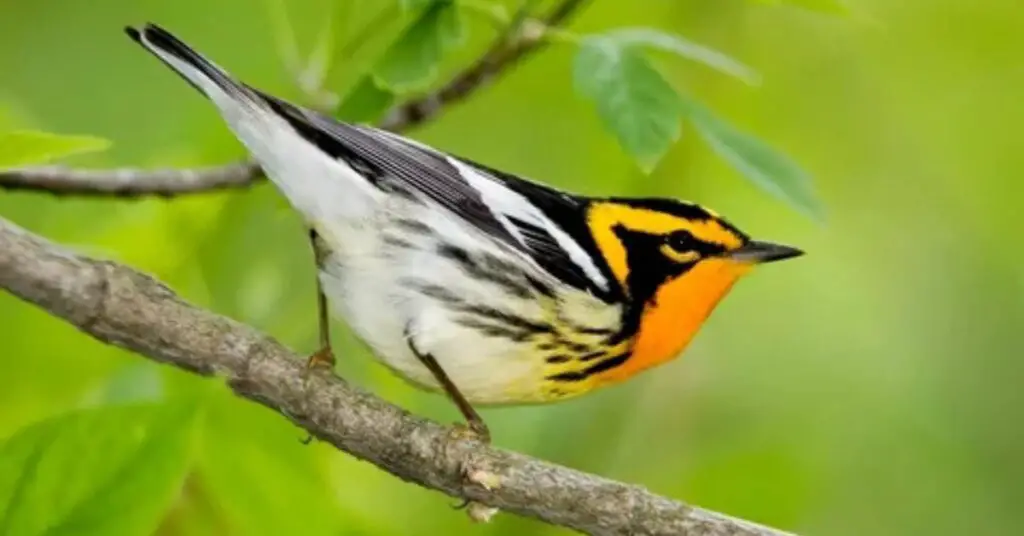
What makes the Blackburnian Warbler particularly fascinating is its migratory journey. Each year, these warblers embark on an extraordinary trek from their breeding grounds in the northeastern United States and Canada to wintering sites in the Andes of South America.
This journey can span thousands of miles, navigating through complex landscapes and varying weather conditions. Recent studies have highlighted the impact of climate change on their migratory patterns, revealing shifts in timing and routes that may pose challenges to their survival.
American Redstart
The American Redstart, a small songbird belonging to the warbler family, captivates birdwatchers with its striking plumage and energetic behavior. Males flaunt their vibrant black bodies accented with bright orange or yellow patches, while females sport a more subdued yet equally beautiful olive and yellow hue. This striking dichotomy not only highlights the allure of sexual dimorphism in avian species but also plays a crucial role in attracting mates during the breeding season. Their vivid colors are not just for show; they serve as a signal of health and vitality, essential traits for reproduction.
American Redstarts exhibit fascinating foraging behavior that sets them apart from many other warblers. These birds are known for their unique “flycatching” technique, often flicking their tails to flush insects from foliage. This active hunting method allows them to thrive in diverse habitats, from dense woodlands to suburban gardens.
Their foraging efficiency increases when they adopt different strategies depending on the environmental context, showcasing their adaptability. As they migrate between North America and Central America, these resilient birds embody the intricate connections of ecosystems across vast distances, reminding us of the delicate balance that sustains wildlife amidst changing climates.
Northern Red Bishop
The Northern Red Bishop, known scientifically as Euplectes franciscanus , is a striking small bird that captivates birdwatchers with its vibrant plumage and fascinating behaviors. Males don a brilliant scarlet coat during the breeding season, transforming them into living jewels against the lush green of their wetland habitats.Their nests, intricately woven from grasses and reeds, are architectural marvels that showcase their remarkable dexterity and instinctual prowess.
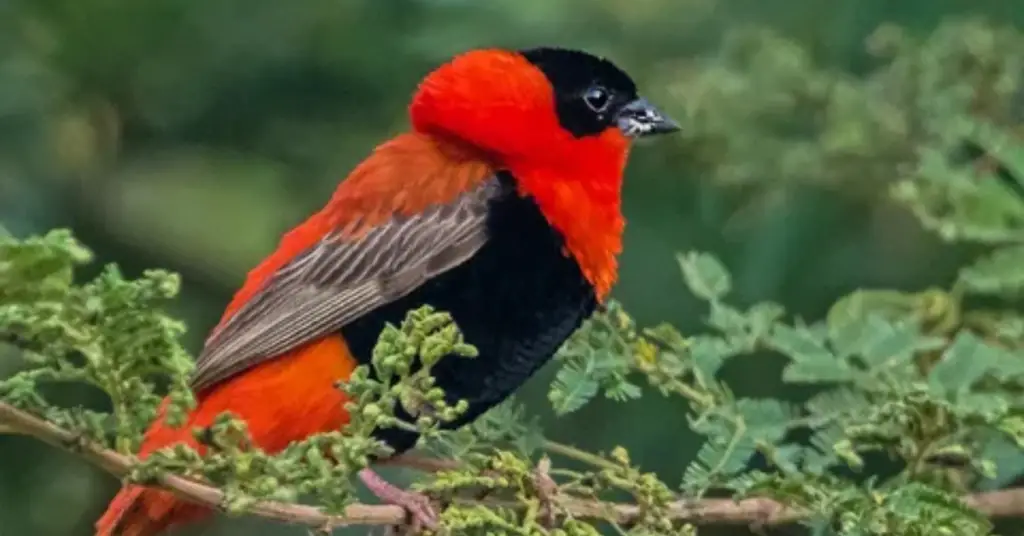
Beyond their stunning appearance, Northern Red Bishops exhibit intriguing social structures. They often engage in communal breeding, where multiple males establish territories near, creating a dynamic chorus of calls and displays that can be both mesmerizing and competitive.
This behavior highlights the complexity of their social interactions and offers insights into the evolutionary advantages of such communal living. As climate change continues to impact their wetland environments, observing how these remarkable birds adapt could provide critical information about the resilience of avian species in the face of ecological shifts.
Black-headed Grosbeak
The Black-headed Grosbeak, with its striking coloration and melodic song, is a true gem of North American avifauna. Males are particularly eye-catching, adorned with a vibrant orange-yellow body contrasted by a bold black head and wings. This beautiful bird can often be spotted in wooded areas, where it flits between branches, showcasing its robust physique.
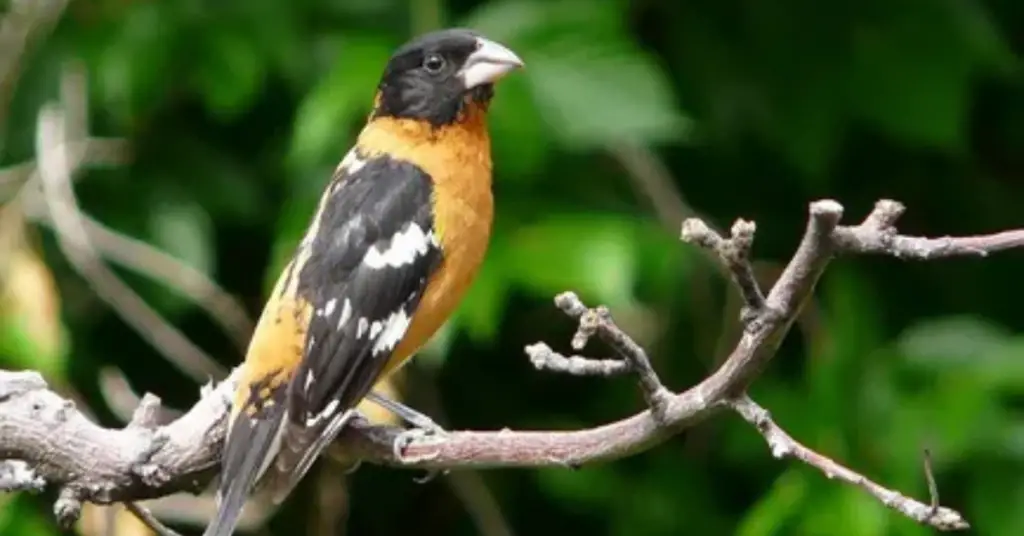
What sets the Black-headed Grosbeak apart from other songbirds is its remarkable vocal repertoire. Their songs are a delightful blend of whistles and trills that echo through the forests during the breeding season. These melodies are not just for attracting mates; they also serve as territorial calls, signaling to rivals to keep their distance.
Diet
Their diet is equally fascinating while they relish seeds and berries, they also indulge in insects, showcasing their adaptability and resourcefulness in various habitats.
Conclusion
Orange birds are not only a vibrant addition to the avian world but also play crucial roles in their ecosystems. From the flamboyant American Robin to the exotic Flame-colored Tanager, these birds exhibit a fascinating range of behaviors and adaptations. Their striking coloration serves various purposes, including attracting mates and warning off predators. Many species contribute to pollination and seed dispersal, making them vital for maintaining biodiversity. You can also read our article on Birds with orange beak.
FAQ’s
Why is Orange Bird so popular?
In 1970, the Florida Citrus Commission contracted with Walt Disney to create the Florida Orange Bird as a mascot for promotional campaigns. In return, the Florida Citrus growers would sponsor the Tropical Serenade in the Magic Kingdom.
What are the five legendary birds?
The Legendary Birds are a collection of Flying-Type Legendary Pokémon found across the many regions of the world. Those included within this classification are Articuno, the Freeze Pokémon; Zapdos, the Electric Pokémon; Moltres, the Flame Pokémon; and Lugia, the Diving Pokémon and mythical “master” of the other three.
What bird is red and orange?
They have the same black face and red-orange bill. Northern Cardinals tend to sit low in shrubs and trees or forage on or near the ground, often in pairs. They are common at bird feeders but may be inconspicuous away from them, at least until you learn their loud, metallic chip note.
What type of parrot is orange?
Orange-Winged Amazon Parrot
Orange wings can be spunky and outgoing, but they tend to be mellower and less talkative compared to other Amazons. Like most Amazon parrots, they are social eaters and will appreciate the opportunity to share in healthy meals with their favored people.
What do orange parrots eat?
hey eat mainly seeds, fruits, flowers and berries of saline vegetation e.g. chenopods (salt bushes), Sea Rocket (Cakile maritima) and Bidgee-widgee (Acaena novae-zelandiae). These birds breed in November-December only in south-western Tasmania.
- How To Keep Bees Away From Hummingbird Feeders - March 20, 2025
- How To Attract Owls To Your Yard - March 11, 2025
- Breeding Season For Wild Birds - March 9, 2025
